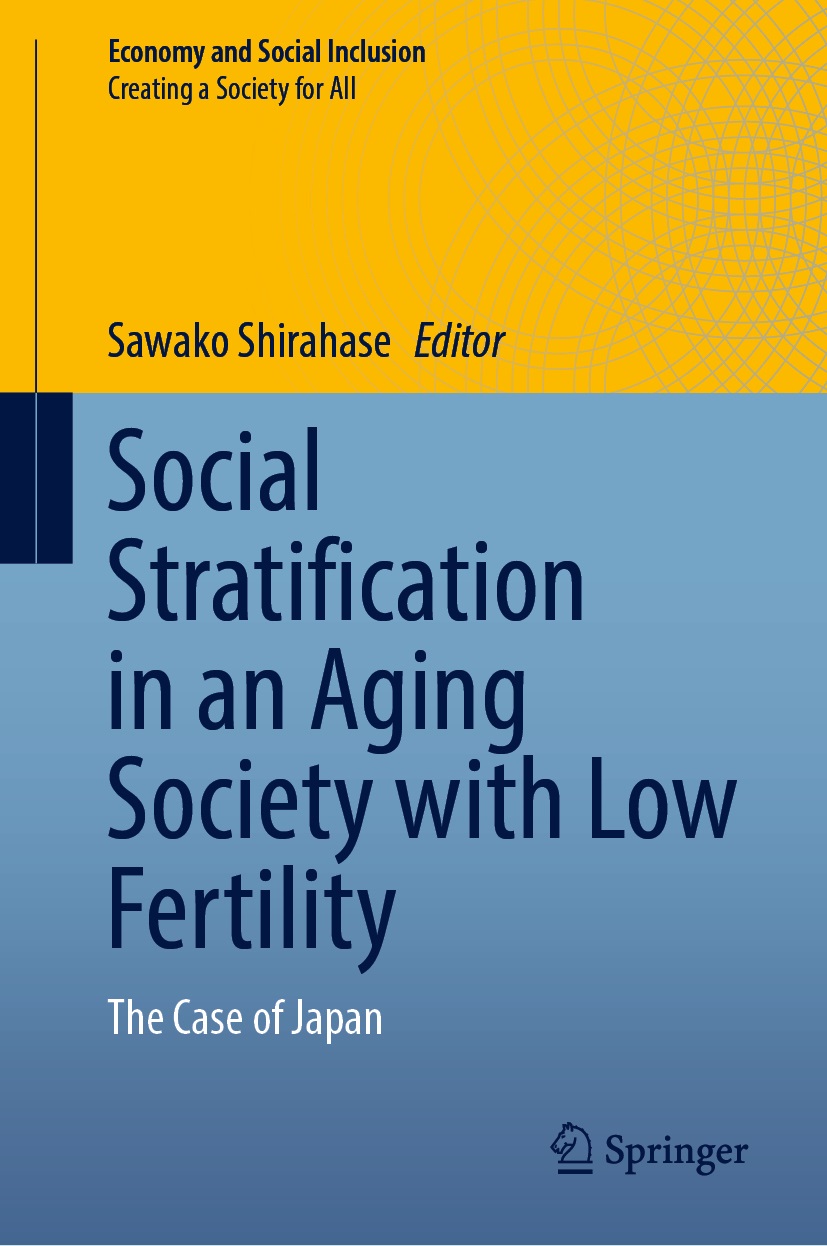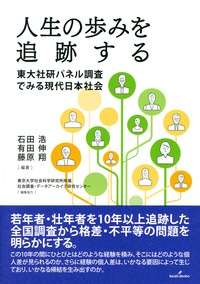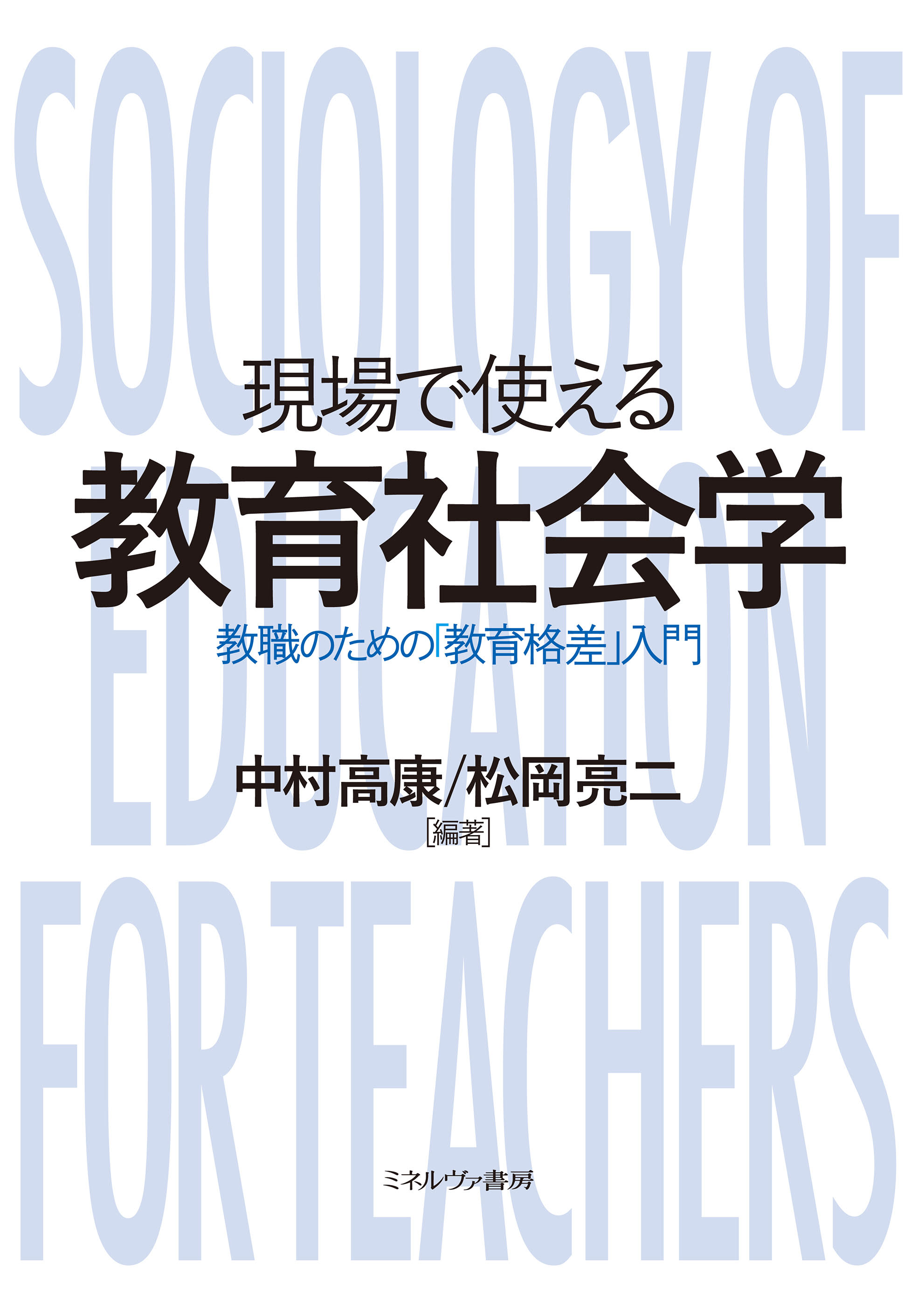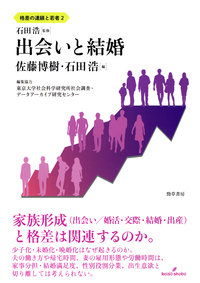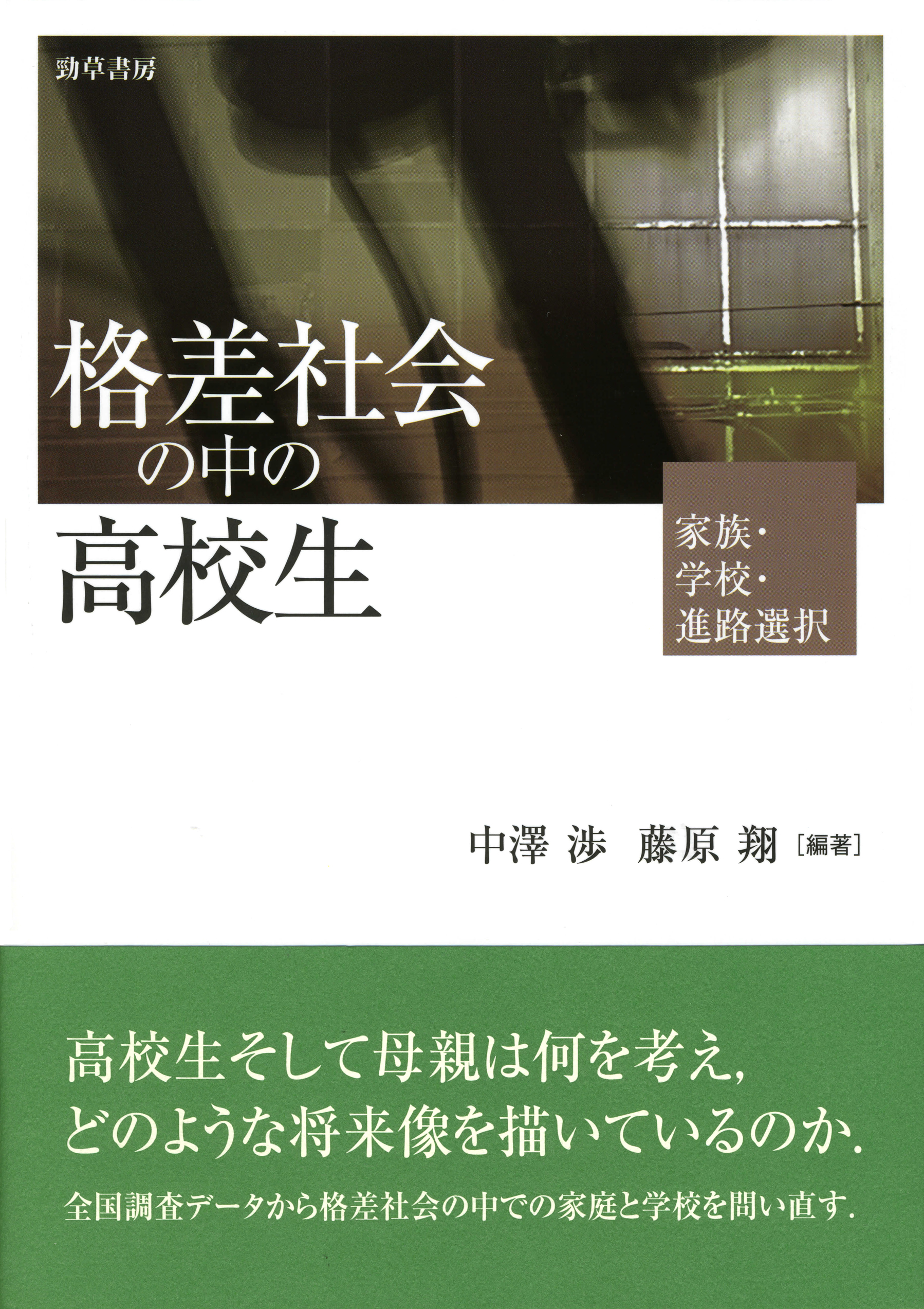
Title
The Structure of Social Stratification in the Aged Society with Low Fertility Jinsei kōki no kaisō kōzō (Vol.3 The Structure of Social Stratification in the Late Stage of Life)
Size
256 pages, A5 format
Language
Japanese
Released
September 07, 2021
ISBN
978-4-13-055143-4
Published by
University of Tokyo Press
Book Info
See Book Availability at Library
Japanese Page
Japan’s population is aging at a rapid rate that is unparalleled in the world. This drastic change in Japan’s demographics can be expected to have wide-ranging ramifications. This is also true of disparity and inequality, aspects of Japanese society that are being magnified by its aging population. Now then, how do disparity and inequality become apparent in Japan’s rapidly aging society? And with what perspective should we examine, and what methods should we use, to approach the problems of disparity and inequality in an aging society?
This book is one of the outcomes of the 2015 SSM (Social Stratification and Social Mobility) nationwide survey project that addresses this issue. The SSM Survey has been carried out every ten years since 1955 by Japanese sociologists cooperating across universities.
The 2015 SSM Survey was conducted by a team of researchers led by Professor Shirahase Sawako. In order to focus more on the disparities and inequalities of an aging society, the upper age limit for survey respondents was raised from 69 to 79, and the total number of respondents was also expanded. This made it possible to carry out a variety of analyses that had been difficult in previous SSM surveys.
The results of the 2015 SSM Survey were published in three volumes. This third volume contains 13 chapters dealing primarily with issues of disparity and inequality in the lives of people in the later stages of life, i.e., from late middle-age to elderly. The chapters cover a wide range of topics, from employment, assets, living standards, health, housing, awareness of disparities, and economic vulnerability among the elderly, to core topics in the study of social stratification, such as class and occupational mobility, educational attainment, and class identification. For more details on the analyses of these topics, we urge you to read this book, but to summarize the findings presented in each chapter, the analyses show that the lives of people from late middle age to old age and the disparities in their lives reflect each individual’s life history and the disparities therein, while the lives of the elderly and the disparities in their lives are greatly affected by the institutional conditions of society, such as its retirement systems and pension systems.
The topic of disparities and inequalities among the elderly provides important insights not only into the lives of the elderly, but also into the disparities and inequalities in society. This kind of research is increasingly important as Japanese society continues to age. Japanese society is experiencing the most rapidly aging population in the world. As such, Japan serves as a valuable case study, and hopefully this kind of research will continue.
(Written by ARITA Shin, Professor, Institute of Social Science / 2022)
Related Info
https://www.utp.or.jp/book/b601054.html
Vol. 1 Jinsei Shoki no kaiso Kozo (The Structure of Social Stratification in the Early-stage of Life) by NAKAMURA Takayasu, MIWA Satoshi, and ISHIDA Hiroshi
https://www.utp.or.jp/book/b570352.html
Vol. 2 Jinsei Chuki no Kaiso Kozo (The Structure of Social Stratification in the Middle-stage of Life) by WATANABE Tsutomu, KIKKAWA Toru, and SATO Yoshimichi
https://www.utp.or.jp/book/b582895.html
Vol. 3 Jinsei Koki no Kaiko Kozo (The Structure of Social Stratification in the Late Stage of Life) by ARITA Shin, SUDO Naoki, SHIRAHASE Sawako
https://www.utp.or.jp/book/b582895.html
The National Survey of Social Stratification and Social Mobility (SSM Survey) 2015
https://www.l.u-tokyo.ac.jp/2015SSM-PJ/



 Find a book
Find a book


 eBook
eBook